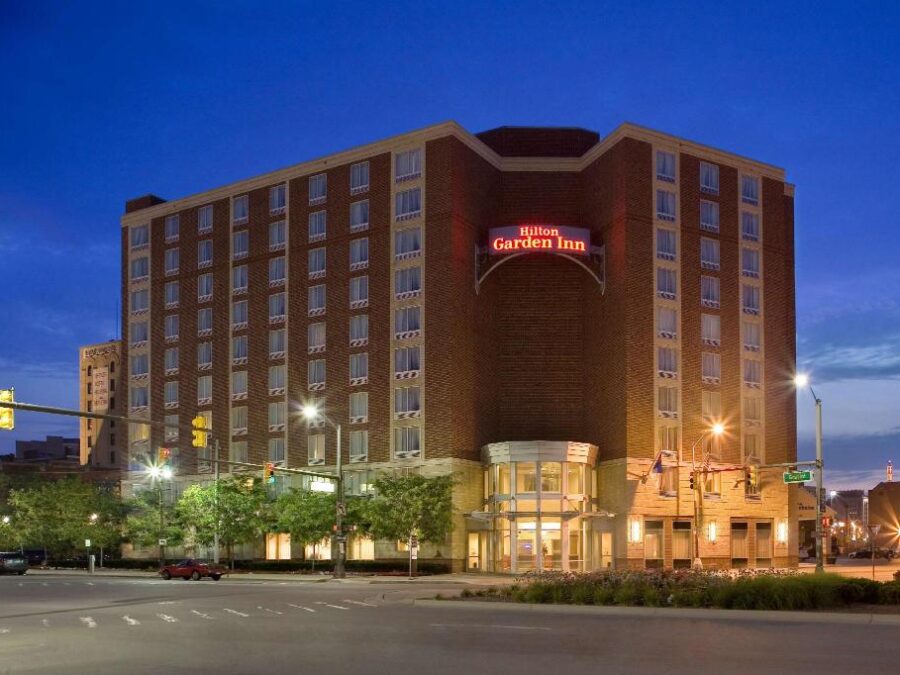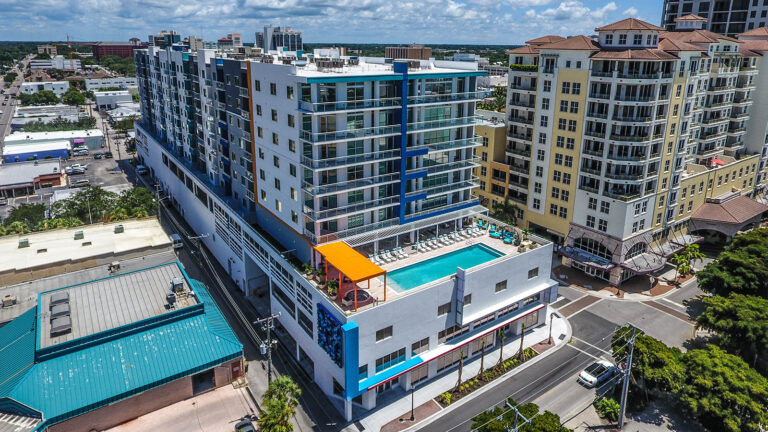What is Cost Segregation?
The Value of Cost Segregation
Cost segregation studies are a valuable tool for those that have constructed, purchased, remodeled or improved a real property. A cost segregation study will separate structural components (39-year depreciable life) from land improvements and nonstructural elements (5, 7 or 15-year depreciable life). By accelerating depreciation of eligible assets it can free up cash flow through reduced tax liability from accelerated depreciation schedules.
When Congress extended the depreciable life of commercial buildings to 31.5 years in 1987 (from 19), then to 39 years in 1993, the value of cost segregation studies grew more significant. In recent years the IRS has issued its Cost Segregation Audit Techniques Guide, which defines a quality cost segregation study for purposes of accelerating depreciation of personal property.

What are the Benefits
An average cost segregation study allocates between 20% and 40% of depreciable costs from 39 years to a shorter life of 5, 7 or 15 years. In dollar terms, moving $100,000 of assets from real property to personal property with a 5-year life can translate into a net present value savings of more than $25,000 over 10 years.
Typical reallocation percentages are 30% to 60% for manufacturing facilities, 12% to 30% for commercial buildings such as offices and retail structures and 12% to 20% for distribution centers and warehouses. While items in the categories of mechanical, plumbing or electrical tend to generate the most savings, other personal property can also provide savings such as:
• Landscaping and shrubbery
• Carpeting
• Computers and furniture
• Phone lines


Who Is Eligible
Any commercial property which was placed into service after 1986 is eligible for a cost segregation study. New structures, as well as those that have purchased real property or made leasehold improvements, expanded or renovated existing property may benefit from a cost segregation study. Generally the cost-effective threshold for building projects or purchases is $500,000.
Real estate that may benefit from a cost segregation study are:
• Offices/apartments
• Distribution centers
• Hotels/motels
• Restaurants, including fast-food units
• Medical centers and nursing facilities
• Manufacturing facilities
• Shopping centers/retail chains

How We Can Help
A cost segregation study includes expertise in accounting, architecture, engineering and tax. In its recently issued Guide, the IRS specified a preference for an engineering based approach to the study. NexTrend Securities, Inc. is not an accounting firm and does not provide tax advice, however we work with a top 50 accounting firm that has been in business for over 100 years and has a full team of engineering and tax specialists conducting cost segregation studies, as well as other engineering-related tax studies.
If you would like to find out more about cost segregation and the benefits please give us a call 972-661-1283 ext: 3

